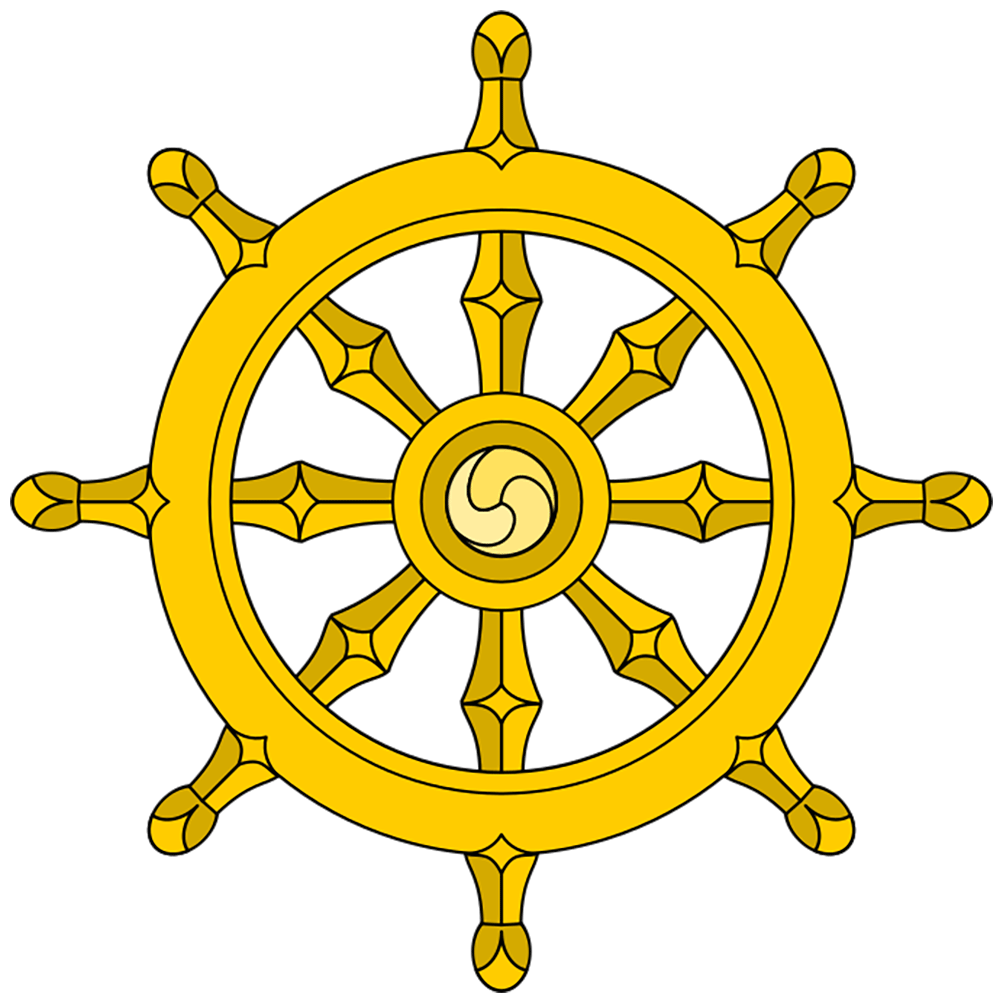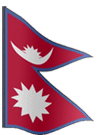Buddhism in Nepal: Exploring a Rich Spiritual Tradition
2023-03-08 05:24:46
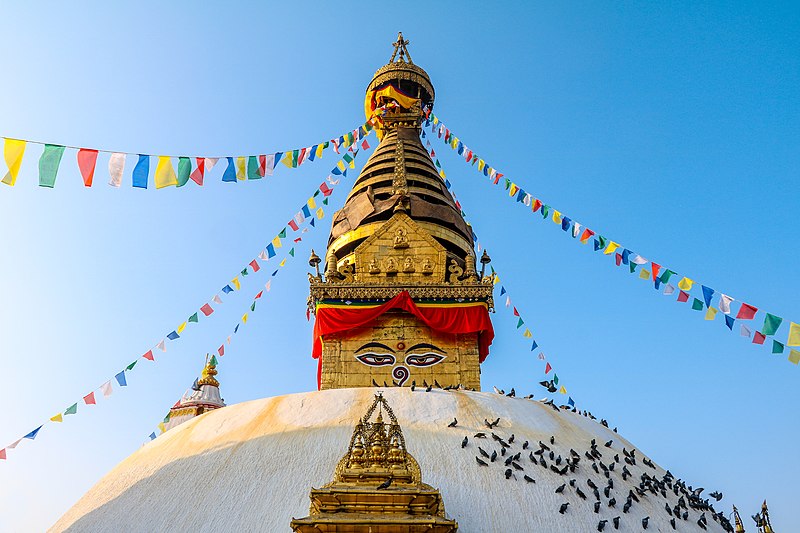
Buddha Stupa
Nepal is home to a vibrant Buddhist tradition, with a rich history and numerous important religious sites throughout the country. From ancient temples to remote mountain monasteries, Nepal's Buddhist heritage offers visitors a chance to explore some of the world's most stunning religious architecture and art, as well as connect with a deeply spiritual tradition that has shaped the country's culture and history.
History of Buddhism in Nepal
Buddhism is believed to have been introduced to Nepal in the 3rd century BCE by the Indian emperor Ashoka, who sent Buddhist missionaries to the region to spread the teachings of the Buddha. Over the centuries, Buddhism became an integral part of Nepal's culture, and many of the country's most important historical figures, including the Licchavi kings and the Malla rulers, were devout Buddhists.
During the 14th century, Nepal fell under the rule of the powerful Mughal Empire, and Buddhism experienced a decline in popularity as the Hindu religion began to gain prominence. However, Buddhism continued to be practiced in Nepal, particularly in the Kathmandu Valley, where many important Buddhist sites were located.
In the 20th century, Buddhism experienced a resurgence in Nepal, with many young Nepalis turning to the religion as a source of spiritual inspiration and a means of reconnecting with their cultural heritage. Today, Nepal is home to a thriving Buddhist community, with thousands of monks and nuns, as well as countless lay practitioners, participating in regular religious activities and rituals.
Buddhist Tourism Places in Nepal
Swayambhunath Stupa
One of the most iconic Buddhist sites in Nepal is the Swayambhunath Stupa, also known as the Monkey Temple. This ancient temple is located on a hilltop in Kathmandu and is one of the oldest and holiest Buddhist sites in Nepal. The temple is believed to have been built over 2,000 years ago and is considered a UNESCO World Heritage Site.
Visitors to the Swayambhunath Stupa can climb a series of steep steps to reach the top, where they will be greeted by stunning panoramic views of the city. The stupa itself is adorned with prayer flags and colourful prayer wheels, and visitors can explore the intricate artwork and architecture that make this site so special.
One of the most unique features of the Swayambhunath Stupa is the resident monkey population that can be found throughout the temple grounds. These mischievous creatures are considered sacred by the local community and are believed to be protectors of the temple.
Boudhanath Stupa
Another important Buddhist site in Nepal is the Boudhanath Stupa, located in Kathmandu. This massive stupa is one of the largest in the world and is considered a UNESCO World Heritage Site. The stupa is surrounded by a bustling market area that is a hub of activity for Buddhist monks, locals, and tourists alike.
Visitors to the Boudhanath Stupa can explore the stupa's impressive architecture and artwork, which includes intricate carvings and brightly coloured murals depicting Buddhist deities and symbols. Visitors can also participate in prayer and meditation sessions, as well as learn about the history and significance of the site from local guides and monks.
Lumbini
The birthplace of Lord Buddha, Lumbini is one of the most important Buddhist sites in Nepal. Located in the southern plains of the country, the site includes the Maya Devi Temple, which marks the spot where Lord Buddha is believed to have been born.
Visitors to Lumbini can explore the temple and surrounding gardens, which are filled with beautiful sculptures and monuments dedicated to the life and teachings of the Buddha. There are also several important monasteries.
By: Pemba Sherpa

